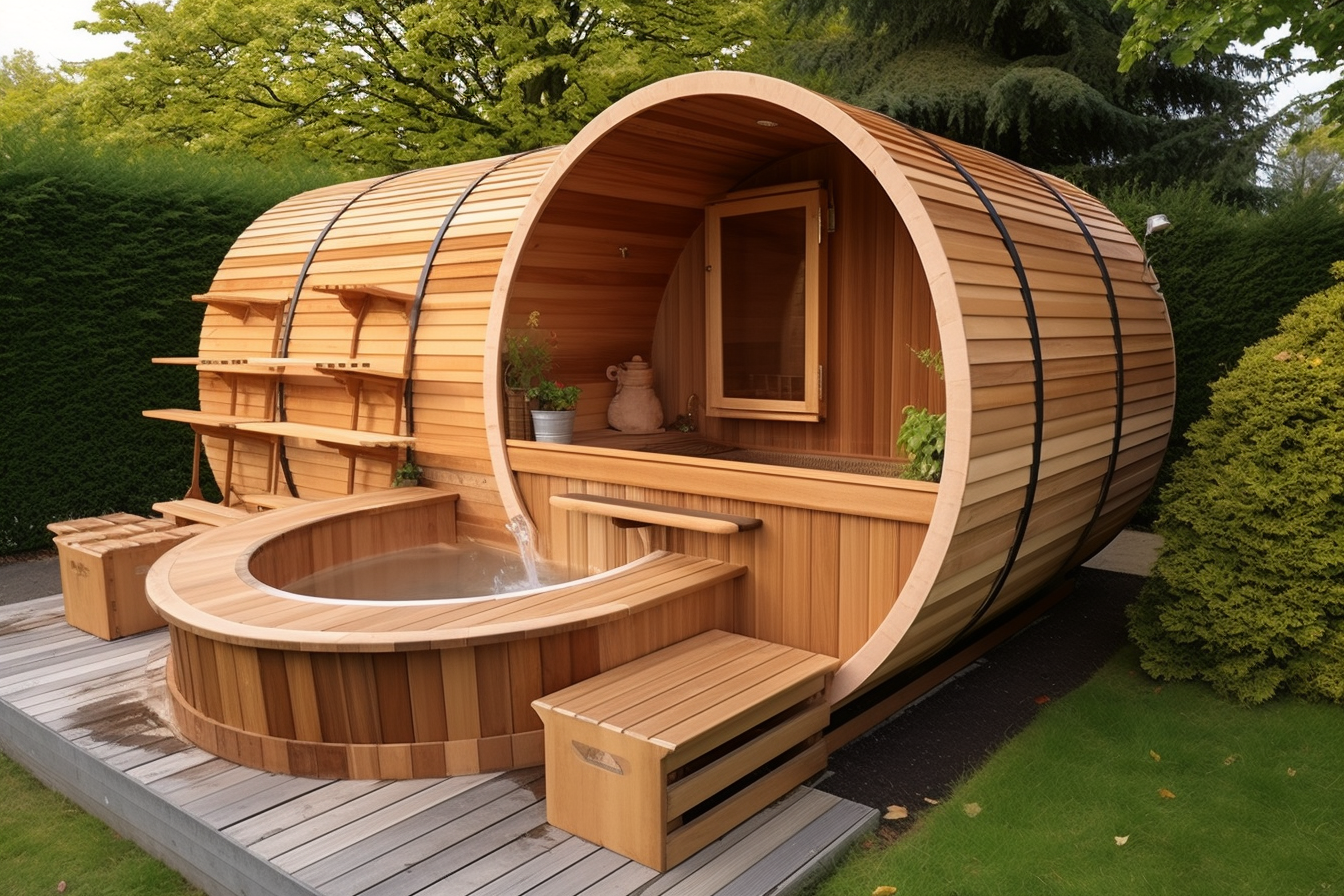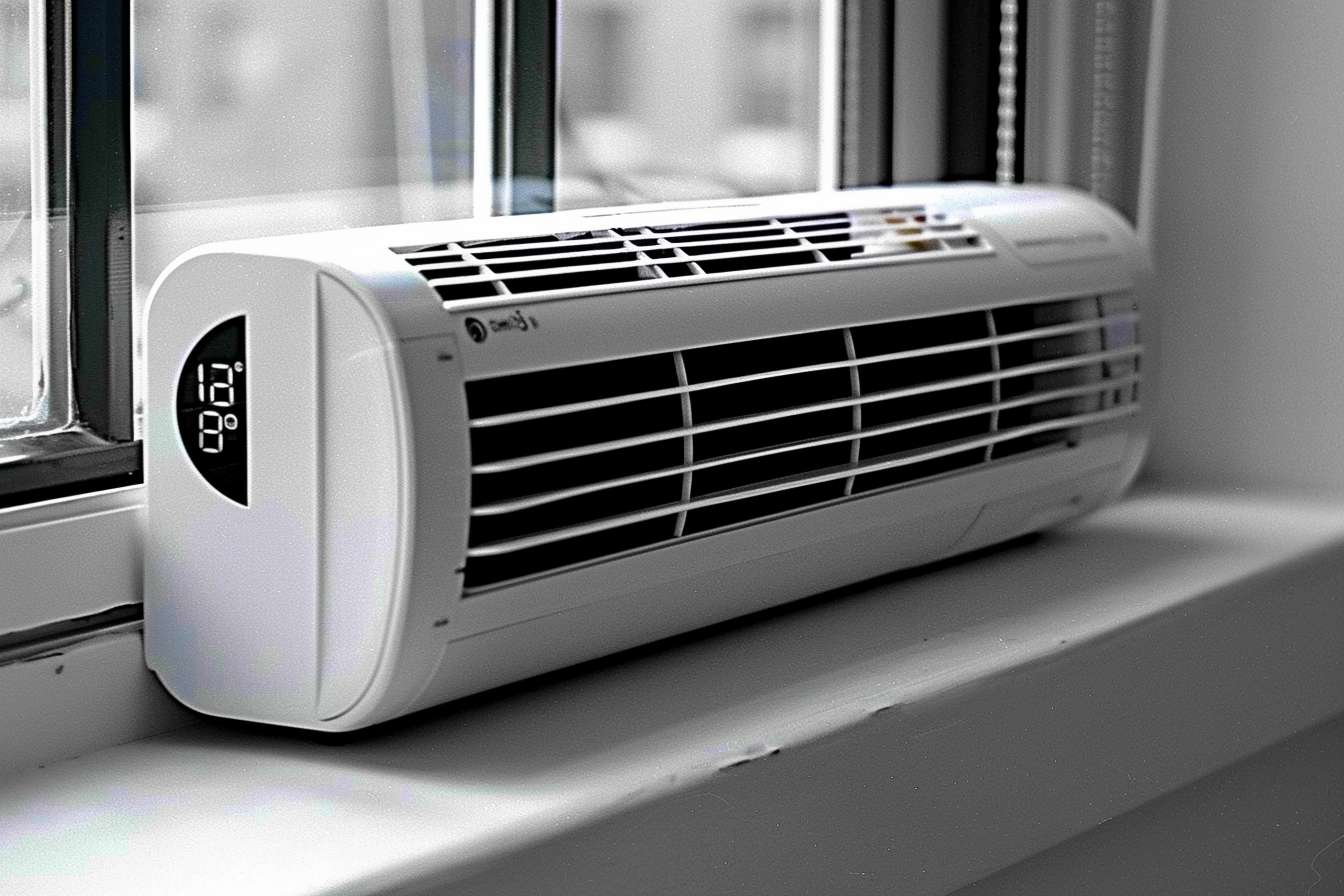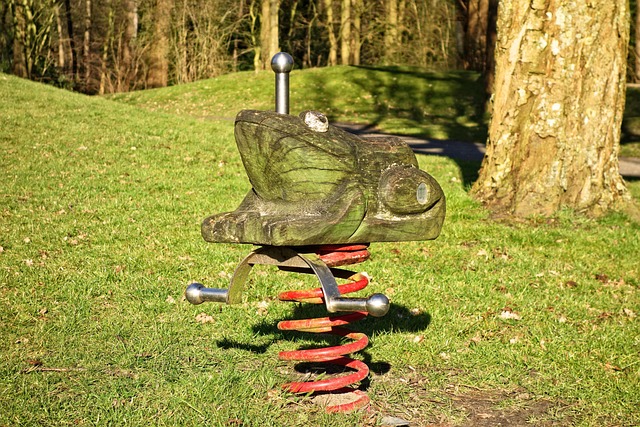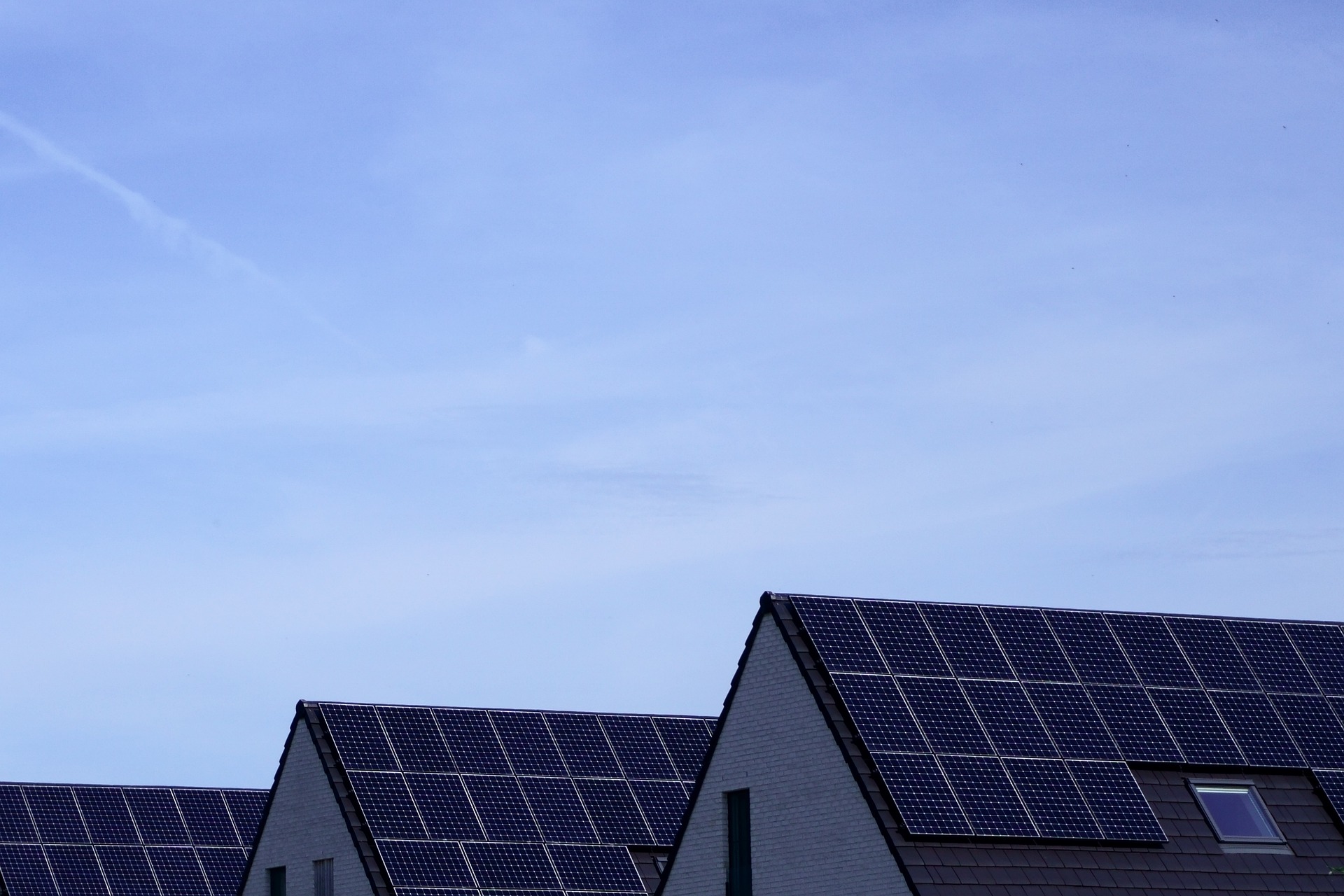The Ultimate Guide to Outdoor Saunas: Bringing Wellness Into Your Backyard
Outdoor saunas combine relaxation and wellness with the beauty of nature. They come in traditional wood-fired and modern electric models, offering heat therapy benefits like muscle relief, stress reduction, and improved circulation. See which outdoor sauna best suits your needs.

What Makes Outdoor Saunas Different from Indoor Options?
Outdoor saunas provide a unique experience that sets them apart from their indoor counterparts. The primary difference lies in their connection to nature. While enjoying the therapeutic heat, you can simultaneously take in fresh air, natural scenery, and the changing seasons. This natural integration creates a more immersive relaxation experience that many users find superior to indoor sauna sessions.
From a practical standpoint, outdoor home saunas eliminate concerns about humidity affecting your home’s interior. They require no renovation of existing spaces and can be installed in areas where indoor installation would be impossible. Many outdoor sauna enthusiasts also appreciate the clear separation between their daily living space and their wellness retreat, allowing for a more complete mental disconnect during sauna sessions.
Types of Outdoor Saunas Available Today
The market offers several types of saunas for outdoors, each with distinct characteristics and benefits:
Traditional Finnish Saunas: These wood-fired or electric-powered cabins represent the classic sauna experience. Constructed primarily from cedar, hemlock, or pine, traditional outdoor saunas use heated rocks (sometimes with water added for steam) to create a high-temperature, moderate-humidity environment. They typically reach temperatures of 170-200°F with 10-20% humidity.
Barrel Saunas: These cylindrical structures have become increasingly popular for their efficient design. The rounded shape promotes natural air circulation while requiring less energy to heat. Their distinctive appearance also makes them an attractive addition to any outdoor space.
Infrared Outdoor Saunas: Using infrared heaters instead of conventional heating elements, these modern options operate at lower temperatures (120-140°F) while still providing therapeutic benefits. The infrared rays penetrate the body directly rather than heating the air, making them more comfortable for those who find traditional saunas too intense.
Wood-Burning vs. Electric: While wood-burning saunas offer an authentic experience and connection to tradition, electric models provide convenience and consistent temperature control. Your choice depends on your property specifications, local regulations, and personal preferences.
Health Benefits of Regular Outdoor Sauna Use
Outdoor saunas deliver numerous evidence-backed health benefits that explain their enduring popularity:
Improved Circulation: The heat exposure causes blood vessels to dilate, enhancing blood flow throughout the body. This improved circulation can help reduce muscle soreness and promote faster recovery after physical activity.
Stress Reduction: The combination of heat therapy and nature creates an ideal environment for mental relaxation. Regular sauna sessions have been shown to reduce cortisol levels (the primary stress hormone) and promote the release of endorphins, creating a natural sense of wellbeing.
Detoxification: Sweating helps eliminate toxins through the skin. While the body’s kidneys and liver handle most detoxification, the deep sweating induced by sauna use provides supplementary cleansing benefits.
Respiratory Benefits: The hot, sometimes humid environment can help open airways and may provide relief for those with respiratory conditions (though individuals with severe conditions should consult physicians before use).
Sleep Enhancement: Evening sauna sessions can help regulate body temperature and promote deeper, more restorative sleep patterns.
Choosing the Right Location for Your Outdoor Sauna
The placement of your outdoor sauna significantly impacts both its performance and your enjoyment of it. Consider these factors:
Privacy: Position your sauna where you’ll feel comfortable using it without concern about neighbors’ sightlines.
Convenience: The sauna should be easily accessible from your home, especially during inclement weather. Many owners place their saunas near patios or along established garden paths.
Utilities Access: Electric saunas require proximity to power sources, while all saunas benefit from nearby water access for cleaning and, if desired, post-sauna cooling.
Natural Integration: Consider surrounding landscape elements. Many outdoor sauna enthusiasts place their units near gardens, water features, or with views of natural scenery to enhance the experience.
Local Regulations: Before installation, check zoning laws, permit requirements, and HOA restrictions that might govern outdoor structures on your property.
Installation and Maintenance Requirements
Installing and maintaining an outdoor sauna requires attention to several key factors:
Foundation: Most outdoor saunas require a level, stable base such as a concrete pad, pavers, or a well-constructed deck. The foundation must support the sauna’s weight plus occupants.
Weatherproofing: Quality outdoor home saunas are designed to withstand the elements, but regular maintenance enhances longevity. This includes treating exterior wood surfaces, checking roof integrity, and ensuring proper drainage around the structure.
Cleaning Protocol: Develop a regular cleaning schedule that includes sanitizing benches, floor, and other surfaces. Most manufacturers recommend cleaning after every 5-10 uses to prevent mold growth and maintain hygiene.
Power Considerations: Electric saunas typically require a dedicated 220V line installed by a qualified electrician. Wood-burning models need proper chimney installation and regular inspection of the stove and chimney system.
Cost Considerations and Popular Outdoor Sauna Options
The investment in an outdoor sauna varies widely based on size, materials, heating method, and whether you choose professional installation or a DIY approach.
| Sauna Type | Average Cost Range | Key Features | Installation Complexity |
|---|---|---|---|
| Barrel Sauna Kit (4-6 person) | $4,000-$8,000 | Space-efficient, good heat circulation, distinctive appearance | Moderate - DIY possible with 2-3 people |
| Traditional Finnish Sauna (pre-built) | $6,000-$15,000 | Classic design, customizable interiors, excellent heat retention | High - typically requires professional installation |
| Infrared Outdoor Sauna | $3,000-$7,000 | Lower operating temperatures, quick heating time, modern controls | Low to moderate - many models are plug-and-play |
| Custom-Built Wood-Burning Sauna | $8,000-$20,000+ | Completely customizable, authentic experience, no electricity required | High - requires specialty construction and safety considerations |
Prices, rates, or cost estimates mentioned in this article are based on the latest available information but may change over time. Independent research is advised before making financial decisions.
Beyond initial purchase and installation costs, consider ongoing expenses. Electric saunas add to utility bills (typically $20-50 monthly depending on usage), while wood-burning models require regular fuel purchases. Annual maintenance costs typically run $100-300, with occasional larger expenses for replacement parts or refinishing as the sauna ages.
Creating the Complete Outdoor Sauna Experience
The most satisfying outdoor sauna experiences come from thoughtful attention to the entire ritual:
Cooling Options: Consider installing an outdoor shower, small plunge pool, or proximity to a natural water feature for the traditional hot-cold cycle that maximizes health benefits.
Relaxation Area: Create a comfortable transition space with seating where users can cool down gradually before returning indoors or continuing their outdoor activities.
Accessories: Essential accessories include thermometers, hourglasses or timers, proper lighting (solar options work well for outdoor settings), and storage for towels and water bottles.
By carefully considering these aspects of outdoor sauna ownership, you’ll create a wellness sanctuary that provides years of health benefits while enhancing your outdoor living space and overall quality of life.




